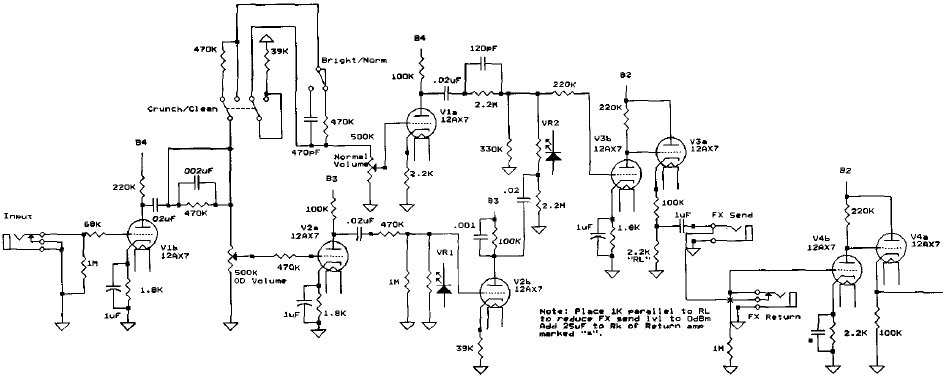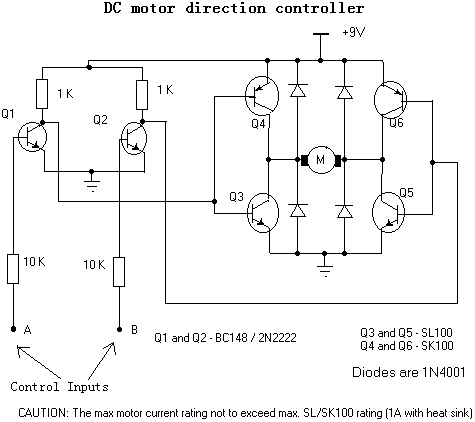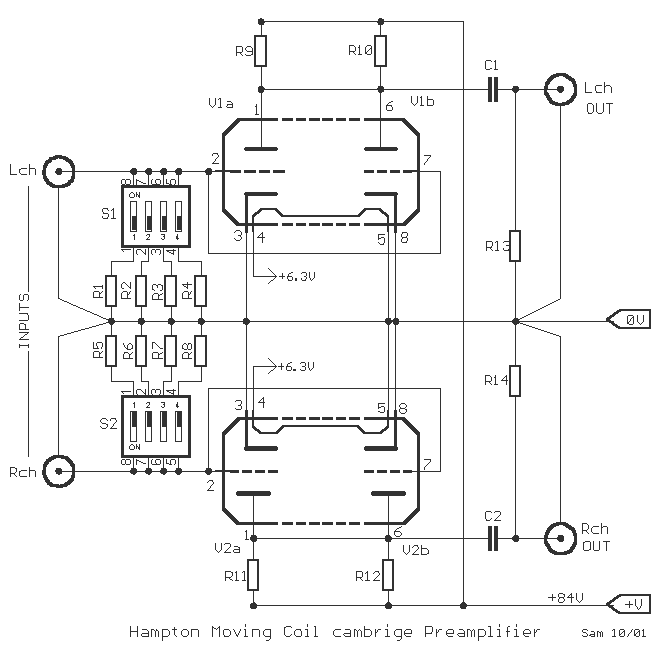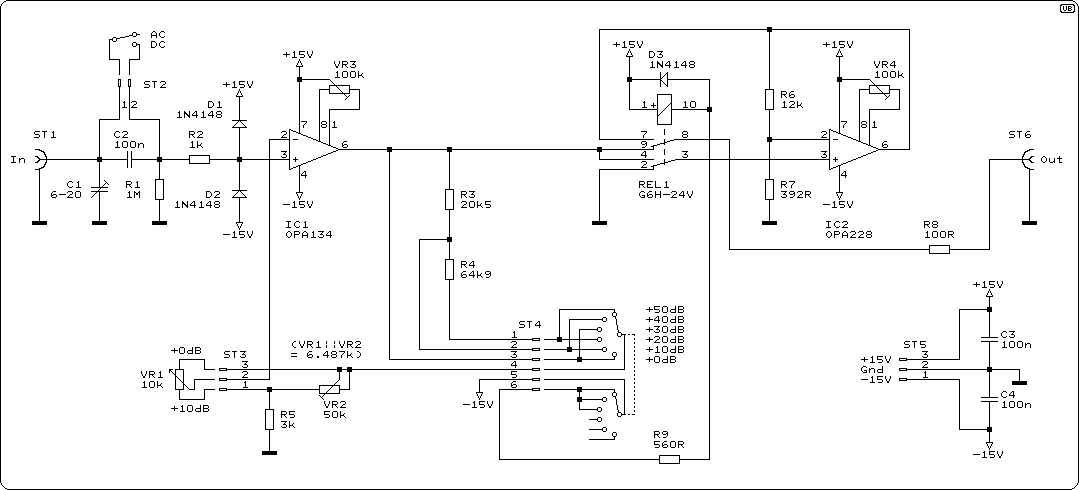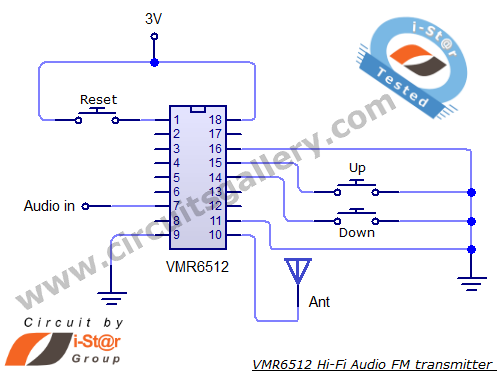
Minimalist Discrete Hi-Fi Preamp
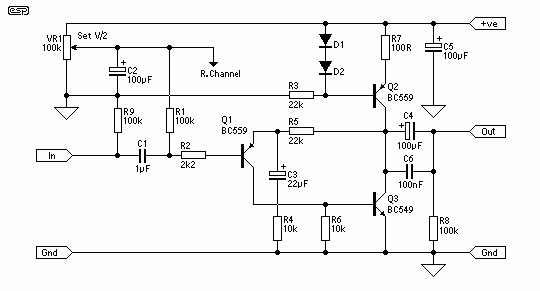
A preamp designed for the minimalist, and having no frills at all is the design goal for this project. It is designed as a preamp for the Death of Zen (DoZ) Class-A power amp (Project 36), and has very low levels of noise and distortion, in a minimum component count, fully discrete circuit. This gain module can be used as the basis for any preamp - performance is exemplary, with low noise, wide bandwidth, and it sounds extremely good indeed.
The preamplifier, in its simplest form, is intended for minimalists, focusing on functionality rather than superfluous features. The design objective of this project was to create a no-frills preamplifier that performs optimally. It is specifically designed to work in conjunction with the Death of Zen (DoZ) Class-A power amplifier, also known as Project 36.
The preamp boasts low levels of noise and distortion, which are critical parameters in the design of high-fidelity audio equipment. The noise level of a preamp can significantly affect the sound quality, hence the emphasis on achieving very low noise levels. Similarly, distortion can degrade the audio signal, and this preamp design minimizes distortion to ensure the integrity of the audio signal.
The design incorporates a minimal number of components, making it a fully discrete circuit. This approach not only simplifies the circuit design but also contributes to the reduction of noise and distortion. The fewer the components, the less the chance of introducing unwanted signals into the circuit.
This gain module can serve as the foundation for any preamp design. Its performance is commendable, characterized by low noise, broad bandwidth, and excellent sound quality. The wide bandwidth ensures that the preamp can handle a broad range of frequencies, which is essential for producing high-quality audio. The superior sound quality is a testament to the effectiveness of the minimalist design approach, proving that a preamp doesn't need to be complex to deliver exceptional performance.A preamp designed for the minimalist, and having no frills at all is the design goal for this project. It is designed as a preamp for the Death of Zen (DoZ) Class-A power amp (Project 36), and has very low levels of noise and distortion, in a minimum component count, fully discrete circuit.
This gain module can be used as the basis for any preamp - performance is exemplary, with low noise, wide bandwidth, and it sounds extremely good indeed. 🔗 External reference
The preamplifier, in its simplest form, is intended for minimalists, focusing on functionality rather than superfluous features. The design objective of this project was to create a no-frills preamplifier that performs optimally. It is specifically designed to work in conjunction with the Death of Zen (DoZ) Class-A power amplifier, also known as Project 36.
The preamp boasts low levels of noise and distortion, which are critical parameters in the design of high-fidelity audio equipment. The noise level of a preamp can significantly affect the sound quality, hence the emphasis on achieving very low noise levels. Similarly, distortion can degrade the audio signal, and this preamp design minimizes distortion to ensure the integrity of the audio signal.
The design incorporates a minimal number of components, making it a fully discrete circuit. This approach not only simplifies the circuit design but also contributes to the reduction of noise and distortion. The fewer the components, the less the chance of introducing unwanted signals into the circuit.
This gain module can serve as the foundation for any preamp design. Its performance is commendable, characterized by low noise, broad bandwidth, and excellent sound quality. The wide bandwidth ensures that the preamp can handle a broad range of frequencies, which is essential for producing high-quality audio. The superior sound quality is a testament to the effectiveness of the minimalist design approach, proving that a preamp doesn't need to be complex to deliver exceptional performance.A preamp designed for the minimalist, and having no frills at all is the design goal for this project. It is designed as a preamp for the Death of Zen (DoZ) Class-A power amp (Project 36), and has very low levels of noise and distortion, in a minimum component count, fully discrete circuit.
This gain module can be used as the basis for any preamp - performance is exemplary, with low noise, wide bandwidth, and it sounds extremely good indeed. 🔗 External reference

